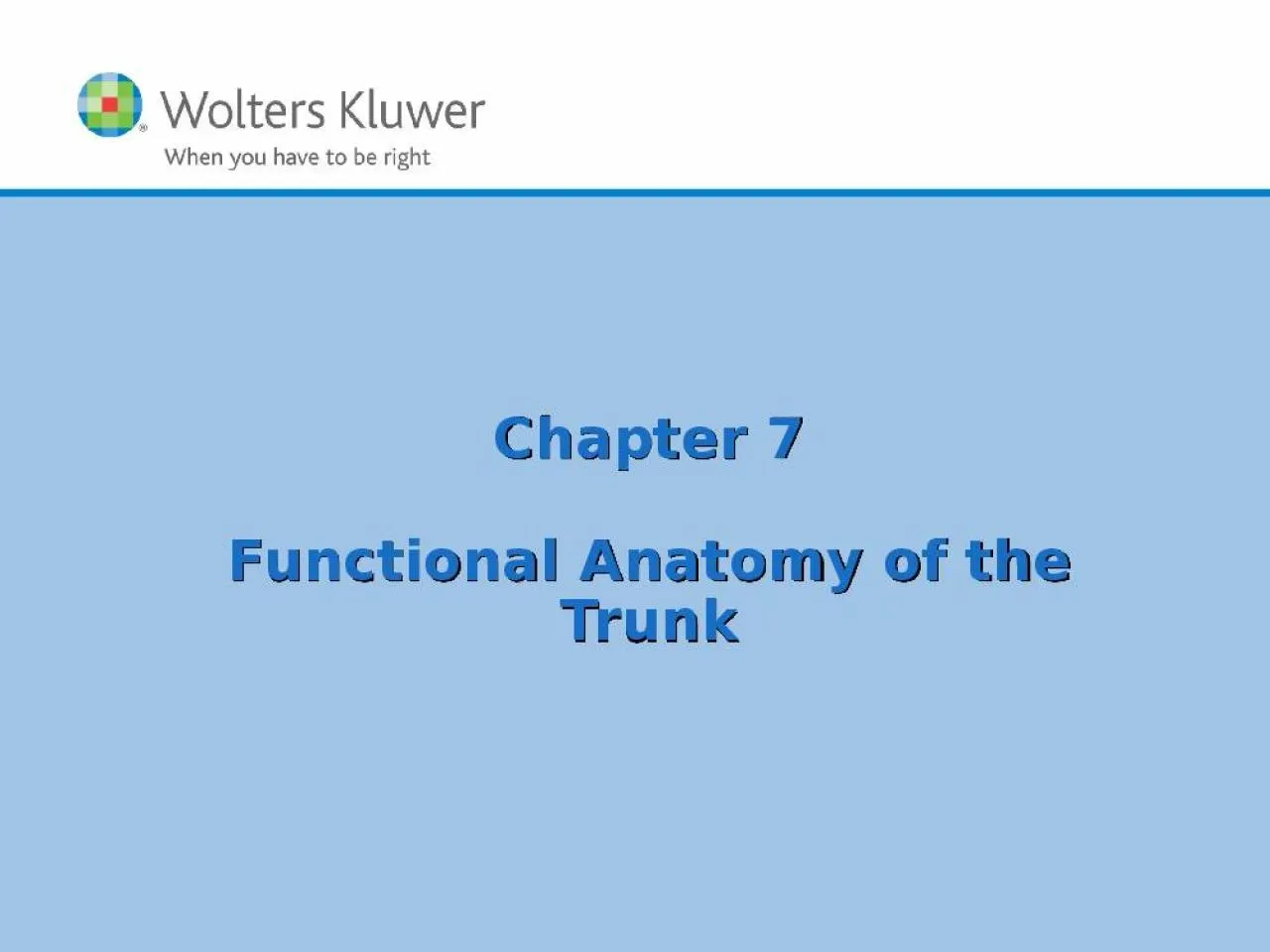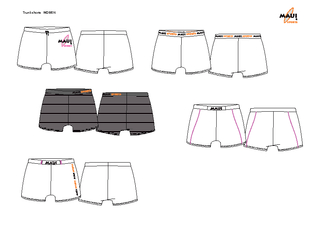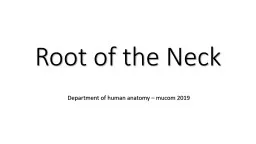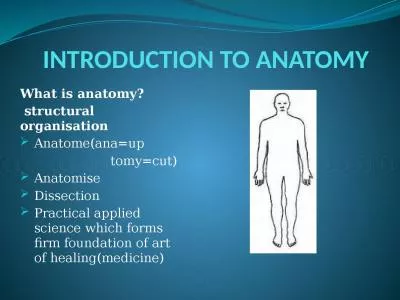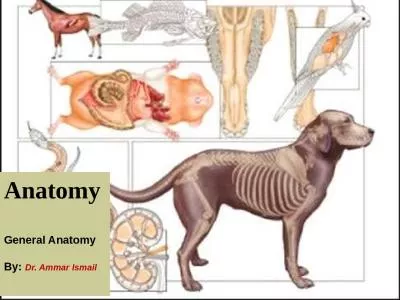PPT-Chapter 7 Functional Anatomy of the Trunk
Author : natalie | Published Date : 2022-02-16
The Vertebral Column The vertebral column acts as a modified elastic rod provides rigid support and flexibility The column consists of 33 vertebrae 24 of which
Presentation Embed Code
Download Presentation
Download Presentation The PPT/PDF document "Chapter 7 Functional Anatomy of the Trun..." is the property of its rightful owner. Permission is granted to download and print the materials on this website for personal, non-commercial use only, and to display it on your personal computer provided you do not modify the materials and that you retain all copyright notices contained in the materials. By downloading content from our website, you accept the terms of this agreement.
Chapter 7 Functional Anatomy of the Trunk: Transcript
Download Rules Of Document
"Chapter 7 Functional Anatomy of the Trunk"The content belongs to its owner. You may download and print it for personal use, without modification, and keep all copyright notices. By downloading, you agree to these terms.
Related Documents

